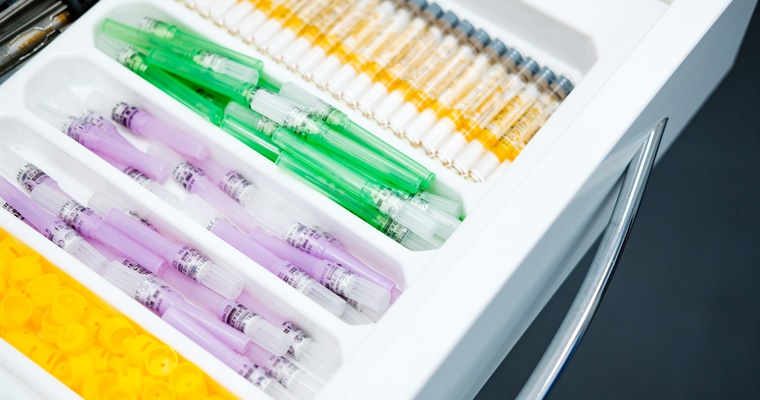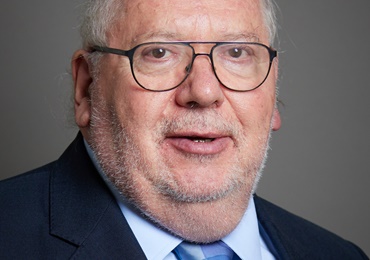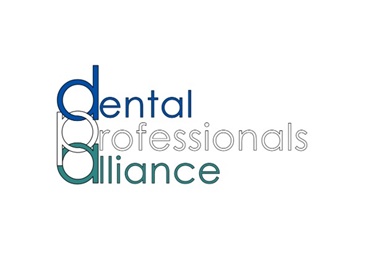Financial and workforce impacts on dentistry will continue to be felt for some time

In the fourth of our series of articles analysing the key findings from our research and engagement into the effects of COVID-19 on dental care, Ross Scales, Head of Upstream Regulation, considers the financial and workforce impacts which have had a profound effect on dentistry and will continue to for some time.
The imposed closure of dental practices and reduced capacity upon reopening, combined with public reluctance to visit their dental practices, have contributed to a significant drop in income, at a time when costs associated with infection control have increased. Our research, The Impact of COVID-19 on Dental Professionals, which was carried out in September and October 2020 highlights that 80% of dental business owners reported a decrease in income when compared to the same period last year, and 65% expected income to decrease over the next year.
As a result of the decrease in income and changes to business costs and service delivery, many practice owners have identified a need to make changes to their business model to mitigate the financial effects of COVID-19. Our research indicates that 35% of business owners expected to employ fewer staff in twelve months’ time, 19% expected to make changes to employment contracts for dental nurses, 16% for dentists, dental hygienists and dental therapists and 17% expected to make redundancies. Our engagement with stakeholders has also highlighted the challenges that professionals are facing, with many not able to practise, having been laid off or furloughed, and others having had their income reduced.
The impact on income has been particularly severely felt by dental technicians, clinical dental technicians (CDTs) and dental laboratories, particularly so by those working predominantly with the NHS. The low number of patients seen by dentists over the first lockdown meant that referrals dropped drastically, and the ongoing COVID-19 control measures have meant any recovery has been slow. Dental technicians, CDTs and lab owners have reported concerns around business viability and many stakeholders highlighted that urgent attention and financial support is needed, if the sector is to survive the impact of the pandemic.
These financial and workload pressures are leading many more to consider leaving the professions. Researchers analysed combined data from those who expected to be economically inactive, working outside dentistry, or not registered as a dental professional and found that 32% of dentists and 38% of dental care professionals thought it likely that they would not be practising in 12 months’ time. But there is so far little sign from our registration data that those intentions are being translated into action. The annual registration renewal for both dentists (in December 2020) and for DCPs (in July 2020) showed small year on year increases in numbers on the registers, though below the trend growth of recent years. That may suggest that the data is a reflection of frustration and dissatisfaction, rather than confirmed intent, but either way it cannot be ignored.
The increased financial pressures may also create tension between delivering care that serves the best interests of patients and ensuring the ongoing viability of services provided. Registrants of course want to do the right thing by their patients, but financial and contractual issues may get in the way of doing that. We will consider this further within our work to explore and promote professionalism in dentistry, including reviewing the standards expected of the dental team.
There will also be fewer new dentists, hygienists and therapists qualifying in 2021 than in recent years with some education providers needing to delay graduation, as there has been a reduction in opportunities for students to get clinical experience during the pandemic. Data shared by UK dental schools suggests that more than a fifth of dental students scheduled to graduate this summer will not qualify until the end of 2021 or Summer 2022. Hygiene and therapy programmes are seeing similar challenges with an average delay to graduation of two months. The impact of COVID-19 will be felt in dental education for some time, with the pandemic affecting training of students across all years of study. But the widespread adoption of remote working tools has also created new opportunities to collaborate on finding solutions. There is a real desire within the sector to grab opportunities to tackle and resolve longstanding challenges, such as the sharing of information between dental schools and those training new dentists. That’s important both in its own right and because it can make an important contribution to supporting the dental workforce in the longer term.
There are clear concerns about the effects of COVID-19 on the dental workforce with professionals considering leaving dentistry and students facing delays in qualifying. These are issues which may create further problems around access to dentistry and growing oral health inequalities. We will continue to monitor the situation with our programme of COVID-related research, and we will share what we learn with stakeholders to inform plans for recovery from the pandemic.
 eGDC
eGDC

















